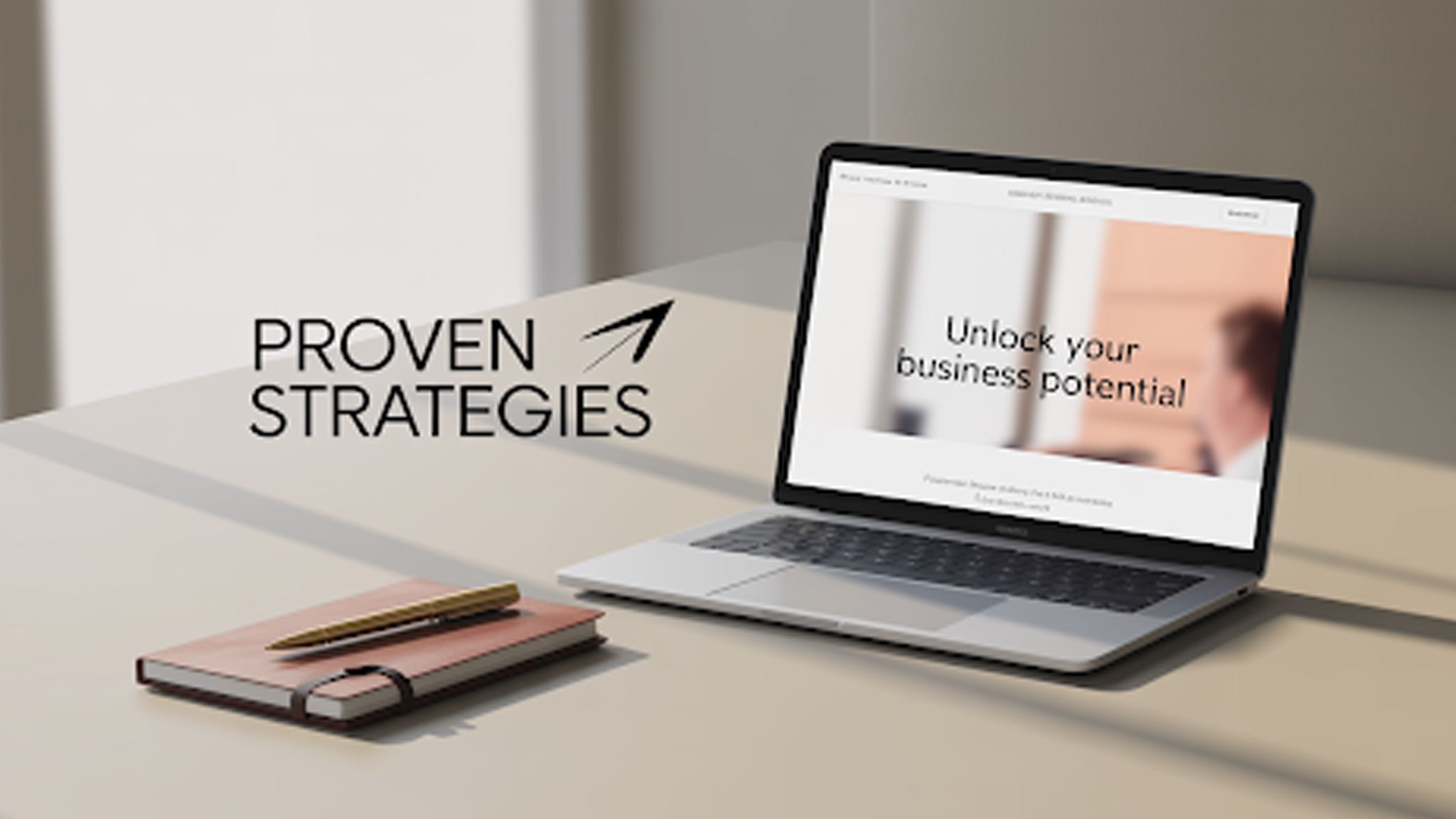Banner ads still win attention because they communicate value in seconds and scale across the open web. Success comes from tight copy, readable design, and fast loads. When those basics align with a relevant offer, you earn qualified visits and measurable outcomes without relying on gimmicks or oversized budgets that mask weak creative or mismatched placements.
For teams that need polished sets produced quickly, AnimatedVideos.co provides strategy, concepts, and production built for testing. We version efficiently, maintain file-weight discipline, and protect legibility across devices. You get cohesive, creative systems that you can traffic today and iterate tomorrow, which keeps learning compounding while your campaigns stay on schedule and your return on spend continues to improve.
What Is a Banner Advertisement?
A banner advertisement is a rectangular display unit served on websites or apps to promote a product, service, or offer. It behaves like a compact billboard for digital contexts, using a headline, imagery, and a direct call to action. Strong executions clarify the benefit on the first frame and guide the eye to a single next step that matches the landing page.
Banner ads covers static images, lightweight HTML5 units, and polite-motion Animated Ads variants that respect load limits and user experience. The objective is simple: earn attention quickly, set a clear expectation, and direct the click to a page that continues the same promise. When those elements line up, the unit contributes both awareness and performance within the same campaign.
How Do Banner Ads Work?
Banner advertising typically runs through real-time bidding on exchanges or networks. You define audience or contextual rules, set budgets and bids, and ship creative that meets publisher and platform specs. Each qualified impression triggers an auction; the winner serves instantly. You then track views, clicks, and conversions while monitoring viewability, frequency, and fatigue to guide optimization decisions.
A banner ad gains efficiency when naming conventions, attribution windows, and testing protocols are standardized. That consistency keeps analysis comparable across placements and time. It also lets you separate true wins from noise, so budgets move toward concepts that actually lower acquisition costs.
Formats and Sizes That Actually Get Inventory
Start with widely available sizes that deliver a consistent supply across publishers and apps. This coverage ensures your tests reach significance and your winners scale without constant rework. Anchor sets in a few dependable rectangles and leaderboards before adding taller, high-impact units or experimental placements that require additional QA and heavier creative production overhead.
- 300×250 for versatile mid-content placements and balanced performance
- 300×600 for strong storytelling space and above-average visual impact
- 728×90 for desktop headers where brevity and bold type excel
- 320×50 and 320×100 for mobile reach with thumb-friendly layouts
- 336×280 where supported to expand mid-article and sidebar availability
Future-Proof Specs: Designing With IAB’s New Ad Portfolio
The flexible, aspect-ratio approach reduces brittle pixel dependencies and preserves hierarchy across screens. Build responsive templates with safe areas for logos and calls to action, plus consistent spacing and type scales. When placements shift or devices change, the creative still reads clearly. That resilience saves rework and keeps delivery stable as inventory evolves during the campaign.
Systems thinking is more effective than using isolated files. Create a component library for headlines, subheads, buttons, and image crops that can be rearranged without breaking rhythm. Standardize motion durations, easing, and end frames. Establish export presets so file weights stay within budget. This operational discipline ensures every new variation slots into the same structure and works without delays.
How to Create Banners That Convert?
Lead with one benefit, demonstrate relevance visually, and state a direct action. Use generous whitespace, strong contrast, and legible type that survives quick scans. If motion appears, keep it polite and meaningful. A limited nod to Pathos ads adds empathy, urgency, or reassurance, and can lift recall when it clarifies value. If it distracts, remove it and restore clarity.
A banner ad should resolve to a memorable end frame. Repeat the benefit, show the brand, and present the button cleanly. Avoid multiple offers or crowded badges that compete for attention. Test proof accents like review counts or concise guarantees, but never at the expense of readability. The goal is instant comprehension followed by a confident, low-friction click.
Targeting & Placements That Lift CVR
Blend contextual relevance with audience intent. Contextual targeting places messages near aligned content without heavy data dependence. Interest, in-market, and remarketing layers introduce intent and recency. Pair each segment with tailored creative themes, so the message mirrors the user’s proximity to purchase rather than repeating the same headline to every cohort in the plan.
- Cap frequency to prevent fatigue and waste
- Adjust recency windows to surface offers near decision moments
- Choose placements with proven viewability and stable layout
- Keep brand safety and suitability controls locked from the start
- Map creative angles to audience sophistication and objections
How to Do the Landing Page Alignment
Clicks convert when promise and page match perfectly. Mirror the headline language, restate the offer near the top, and place one primary action above the fold. Keep forms short and page weight lean. Silent comprehension matters; assume no one will watch long explanations. If deeper storytelling helps, add short video ads post-click and keep banners focused.
Banner advertising improves dramatically when page speed and message continuity are treated as creative variables, not just engineering chores. Every extra second costs intent. Every mismatch erodes trust. Test hero modules alongside ads so the same benefit appears in both places. When the journey feels seamless, users say yes faster, and abandonment falls without extra media spend.
How to Avoid Some Common Mistakes?
Many underperforming units fail for boring reasons. Overstuffed copy, low contrast, and generic stock create instant blindness. Heavy files stall load and destroy viewability. Missing frequency caps grind audiences into apathy. Mismatched landing pages break intent. Fix the basics first and you’ll often see a jump that no exotic tactic can replicate at the same cost.
- Trim to one benefit and one action
- Increase contrast and minimum font sizes
- Show product or outcome clearly, not generic lifestyle
- Enforce file-weight budgets and motion limits
- Mirror the headline and offer on the destination
FAQs
Do banner ads still convert?
Yes, when value is obvious, sizes match real inventory, and pages mirror the promise. Track conversion rate and CPA, not just clicks, and refresh creatives before frequency fatigue sets in.
Which sizes should I start with?
Launch with a coverage set: 300×250, 300×600, 728×90, 320×50, and 320×100. Add 336×280 where supported once early results validate the concept and your legibility checks pass.
What’s the ideal headline length?
Short enough to read at a glance. Lead with one benefit, skip jargon, and make the action explicit. Clarity wins more impressions than cleverness which forces extra decoding time.
Is animation worth testing?
Ye,s if it clarifies. Keep loops brief, respect file budgets, and test against a static control. Motion should help comprehension, not merely decorate the frame with unnecessary movement.
How often should I refresh creative?
Every four to six weeks, or sooner if frequency rises and engagement drops. Rotate themes intentionally and archive results so winning patterns become reusable rules for future briefs.
What metrics matter most?
Conversion rate and CPA tell the truth about efficiency. Use viewability and time-in-view as quality checks, then estimate incremental lift with holdouts when volume makes it feasible.
Can a partner speed production?
Absolutely. A specialist handles templates, QA, and fast versioning so tests launch on time. AnimatedVideos.co delivers test-ready sets that align creative decisions with performance goals.
How do I align ads with the landing page?
Mirror the headline, repeat the offer, and keep the primary action obvious. Maintain visual continuity and keep pages light so momentum from the click carries straight into the decision.
Who should build animated or rich-media units?
Choose a team that balances craft with load discipline and cross-screen QA. For dependable concept-to-delivery workflows, AnimatedVideos.co ships variants quickly without bloating files.
Conclusion
Banner advertising works when you respect the medium: proven sizes, clear benefits, disciplined testing, and seamless post-click experiences. Execute that loop and the channel becomes predictable, not a gamble. If you need a partner to deliver thoughtful concepts ready for trafficking and iteration, AnimatedVideos.co can help you launch faster, learn faster, and turn attention into revenue reliably and repeatedly.



